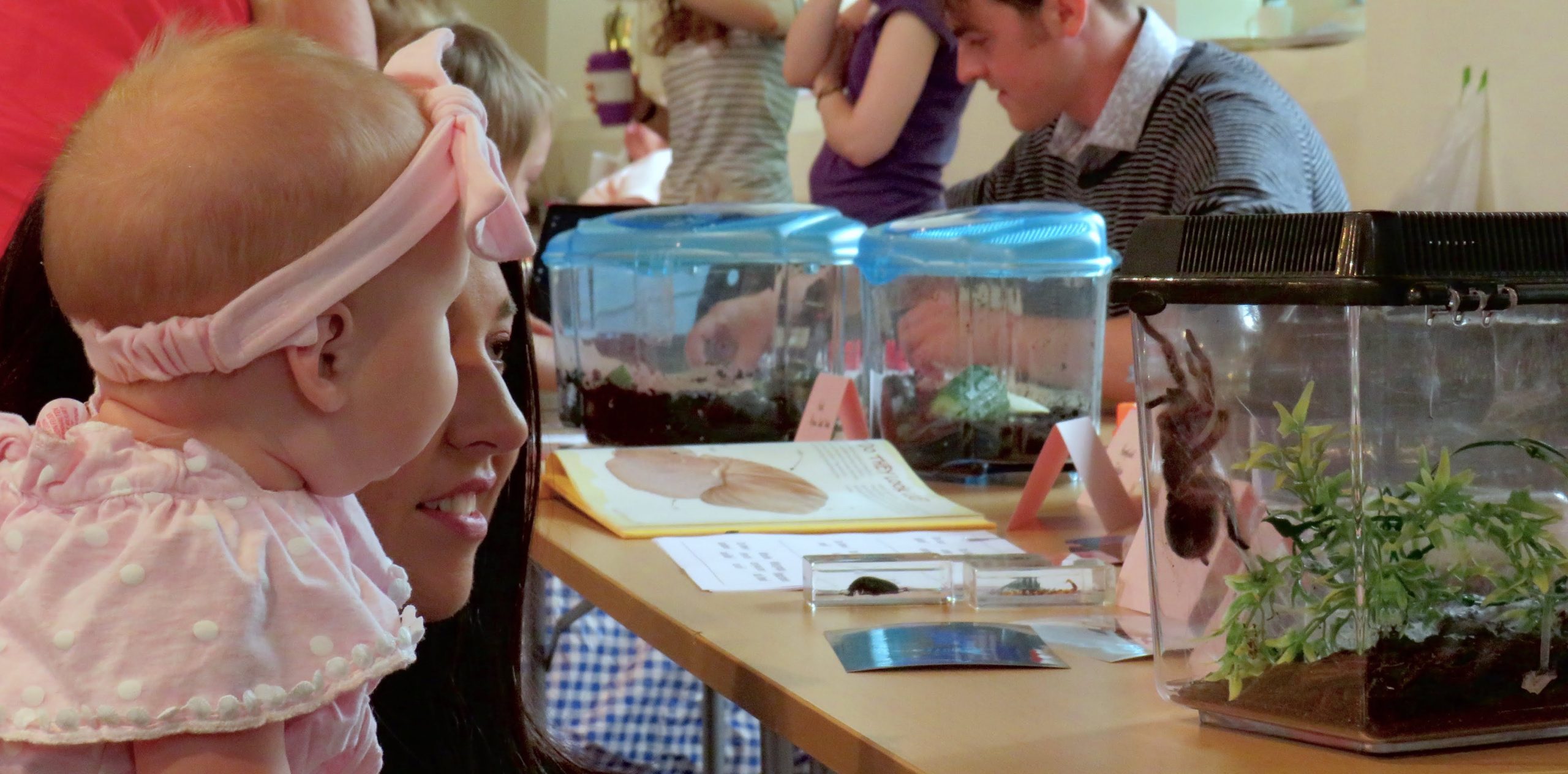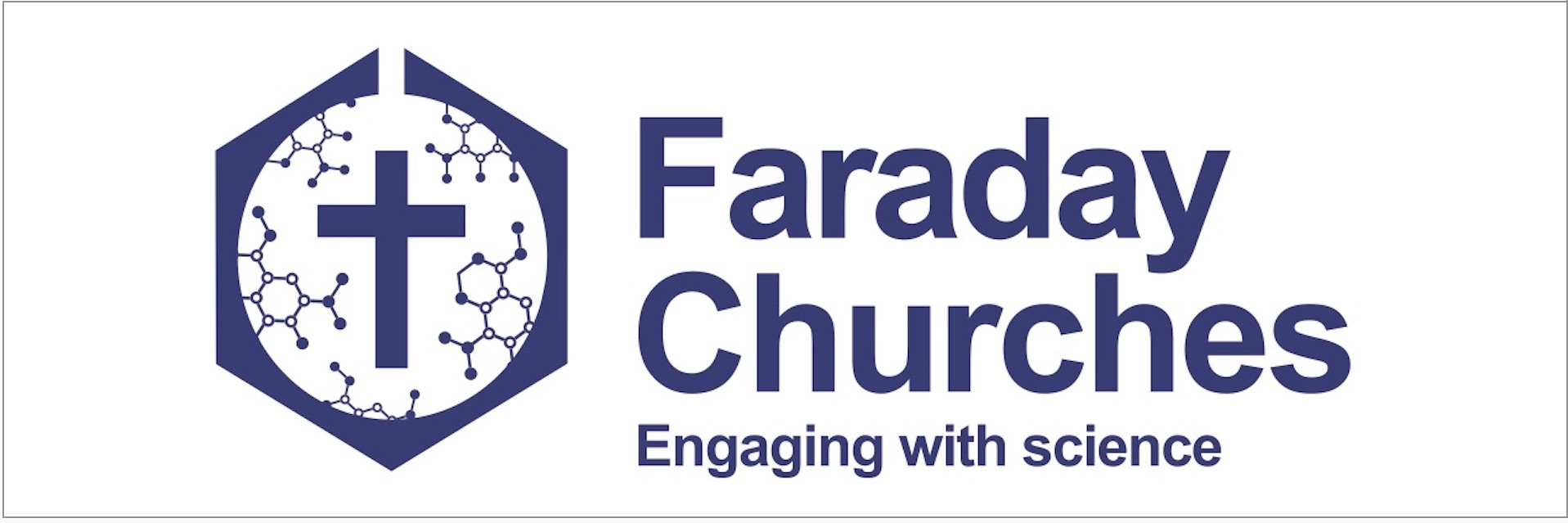
© Gavin Merrifield
What do you get if you cross a vicar, the local MP and a giant inflatable planetarium in the middle of your church? No, not an incredibly bad pun, but rather you get the first Wonder Day (WD)! This was an all-age day of hands-on science experiments and experiences hosted by Holy Trinity Church, Stalybridge, last summer.
As a church we invited the local community to come into our building, learn a little bit more science and have some fun. We packed the building from floor to ceiling (quite literally) with activities run by volunteers from different churches and hired in professionals to run planetarium shows and robot workshops throughout the day. We drew in 400 visitors and sent a clear but gentle message that we as a church, in contrast to some stereotypes, have no problem with science.
The WD also benefitted us as a church. Polarising individuals in society have made impressive inroads in convincing many that we must choose between science and religion. Because of this we can be a little reluctant, even shy, about approaching this whole area in our churches. Bringing the two together often seems to also require a level of expertise that can seem quite daunting. We found that the build-up to the event, and the day itself, encouraged church members to discuss science confidently and to be more openly interested in it. This was great for the many of us who work in science-based professions, but also for those who perhaps feel a little unsure about how science fits in with their religious faith.
In the wider Church we have tried to get our collective heads around this challenge through ‘traditional’ church activities – maybe a sermon, sometimes a discussion or small group study or perhaps attending a themed talk at a Christian festival. We sit, we listen, we look very serious, and we nearly always try to weaponise science as an apologetic argument or evangelistic hit list.
This contrasts strongly with how professional science communicators engage with the general public. Here science is presented more positively: an aspiration to better careers, the way to new inventions to improve our lives or even simply just to enjoy the experience of doing science. The job of such communicators is to make science, its benefits, its processes, and its essence known. Whether this is through hands-on activities, citizen science projects or a nature documentary, good science engagement pulls in more than just the minds of the listeners. It takes their hearts, their hands, and dare I say it takes their souls, on a journey of discovery about the universe.
We in the church are missing out on science beyond just facts, science as a soul-soaring experience, connecting us more deeply to God.
So how, practically, might we bring this experience into our churches?
First, we must provide clear teaching that science is a gift from God, that it is a worshipping activity and an opportunity to do good in the world. Science enables our calling as beings created in the image of God who are to carry out the mission of the Church.
Second, like all good scientists, we can experiment. We can try out different ways of bringing science into our churches. The WD was a large-scale example of that, but you needn’t start so big. You could try mentioning a new scientific discovery in your sermon or remembering scientists in your congregational prayers. For myself, the road to organising the WD was paved with many other smaller events – Messy Church, youth groups, Sunday services, sermons, town events and church weekends away. These are all great opportunities to introduce some hands-on activities that will help people develop a taste for doing science.
The most effective activities have been the ones where people can have a go themselves and enjoy playing about. One of the best times I’ve had leading science activities was getting a roomful of retired folk all extracting DNA from strawberries during a weekend away around the theme of identity. It wasn’t what they expected to be doing, but they loved it (and were far better at it than I was!) Some things will work well, and some will fall pretty flat. Learn from the experience and try again. Whatever you do make science a visible thread in the life of your church, not a hidden threat to it.
Third, and most importantly, have fun doing science! Make the activities fun for your audience, but also make them fun for yourself. Help people to simply enjoy science with no agenda attached. For Christians, simply delighting in God’s good creation can lead to an openness, even eagerness, for more structured teaching. For non-Christians, these sorts of activities will leave them with memories of an experience of joy and discovery shared with Christians. Times like that sow powerful seeds. I was recently delighted to see the Wonder Day being discussed on a local Facebook page with great fondness a year after it was held.
There are a number of Wonder Days planned for after COVID, but in the meantime I would encourage you all to make every day a wonder day.
To see more of what we got up to at the WD you can watch https://www.youtube.com/watch?v=8A5qMHq484E.




